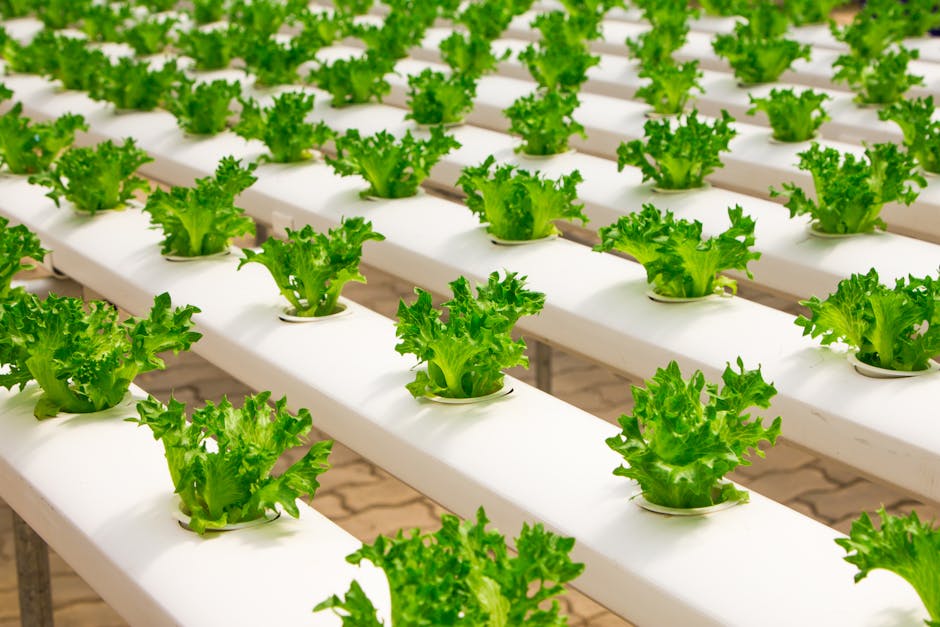
The future of our planet hinges on sustainable and secure food systems. As global populations rise and climate change intensifies, the urgency for revolutionary approaches to how we produce, distribute, and consume food has never been greater. It's a challenge that demands cutting-edge technology and forward-thinking vision.
Enter JIRCAS, the Japan International Research Center for Agricultural Sciences. This esteemed organization is at the forefront of tackling these global food challenges. In a comprehensive outlook on agricultural food system technology innovation, referenced as 1358, JIRCAS has laid out its ambitious vision for how advanced technologies will fundamentally transform our agricultural landscapes and ensure a resilient future for food.
The Imperative for Innovation in Agricultural Food Systems
Traditional agricultural methods, while foundational, are increasingly strained by modern pressures. Resource scarcity, environmental degradation, food waste, and the persistent threat of food insecurity demand a paradigm shift. This is where technological innovation becomes not just beneficial, but essential. From the field to the fork, every stage of the food system is ripe for disruption through smart, sustainable, and scalable solutions.
JIRCAS's Blueprint: Key Technological Frontiers Shaping Tomorrow
JIRCAS's vision, as an IT journalist would interpret it, is a tapestry woven with data, automation, and biological ingenuity. It's about leveraging the power of information technology to create more efficient, robust, and environmentally friendly agricultural food systems.
Precision Agriculture and AI: The Smart Farm Revolution
Imagine farms that think for themselves. JIRCAS envisions a future where Artificial Intelligence (AI) and Internet of Things (IoT) sensors are ubiquitous. These technologies will enable:
- Optimized Resource Management: Sensors deployed across fields will monitor soil moisture, nutrient levels, and crop health in real-time. AI algorithms will then analyze this vast dataset to precisely determine the exact amount of water, fertilizer, or pesticide needed, minimizing waste and maximizing efficiency.
- Predictive Analytics: AI models will predict crop yields, anticipate disease outbreaks, and forecast weather patterns with unprecedented accuracy, allowing farmers to make proactive decisions and mitigate risks.
- Automated Operations: From autonomous tractors planting seeds with pinpoint accuracy to robotic harvesters selecting ripe produce, automation will reduce labor costs, improve consistency, and increase overall productivity.
The innovativeness here lies in moving beyond guesswork to a data-driven approach, transforming agriculture into a highly scientific and precise endeavor.
Biotechnology and Genetic Innovation: Resilient Crops for a Changing World
Beyond the hardware and software, JIRCAS's outlook also embraces advances in biotechnology. This involves developing new crop varieties that are:
- Climate-Resilient: Engineered to withstand extreme weather conditions, such as droughts, floods, and heatwaves, ensuring stable yields even in volatile environments.
- Nutrient-Enhanced: Crops designed to offer higher nutritional value, addressing global malnutrition issues.
- Pest and Disease Resistant: Reducing the reliance on chemical inputs and minimizing crop losses, leading to healthier ecosystems and safer food.
The impact is profound: more stable food supplies, reduced environmental footprint, and improved public health through nutrient-dense foods.
Sustainable Supply Chains and Circular Economy Integration
The future food system isn't just about production; it's about the entire journey. JIRCAS's vision includes technologies that:
- Reduce Food Waste: Smart packaging, optimized logistics, and AI-driven demand forecasting will minimize spoilage from farm to consumer.
- Enhance Transparency with Blockchain: Distributed ledger technology can track food products throughout the supply chain, ensuring authenticity, safety, and ethical sourcing, building consumer trust.
- Promote Alternative Proteins and Vertical Farming: Innovations like lab-grown meat, plant-based alternatives, and controlled-environment agriculture (vertical farms) offer sustainable ways to produce protein and fresh produce, especially in urban environments, reducing land and water usage.
These innovations promise a more transparent, efficient, and environmentally responsible food network, benefiting both producers and consumers.
The Societal Impact and Specific User Benefits
The technological innovations championed by JIRCAS promise far-reaching benefits:
- For Farmers: Increased profitability through higher yields, reduced operational costs, and access to real-time data for better decision-making. It transforms farming into a high-tech, appealing career.
- For Consumers: Access to safer, more nutritious, and sustainably produced food. Greater transparency means consumers can make informed choices about what they eat.
- For the Environment: Significant reduction in resource consumption (water, land, energy), decreased pesticide use, and a smaller carbon footprint, contributing to global sustainability goals.
- For Global Food Security: A more resilient and productive agricultural system capable of feeding a growing world population, even in the face of climate change and other shocks.
A Collaborative Future
JIRCAS's outlook is a testament to the power of combining scientific research with technological foresight. The path to transforming agricultural food systems into truly sustainable and productive entities requires not only continued innovation but also global collaboration. By embracing the digital revolution and biological breakthroughs, we can cultivate a future where food security is a reality for all, and our planet thrives.
Comments
Post a Comment